Immune reactions must be localized to avoid self-damage
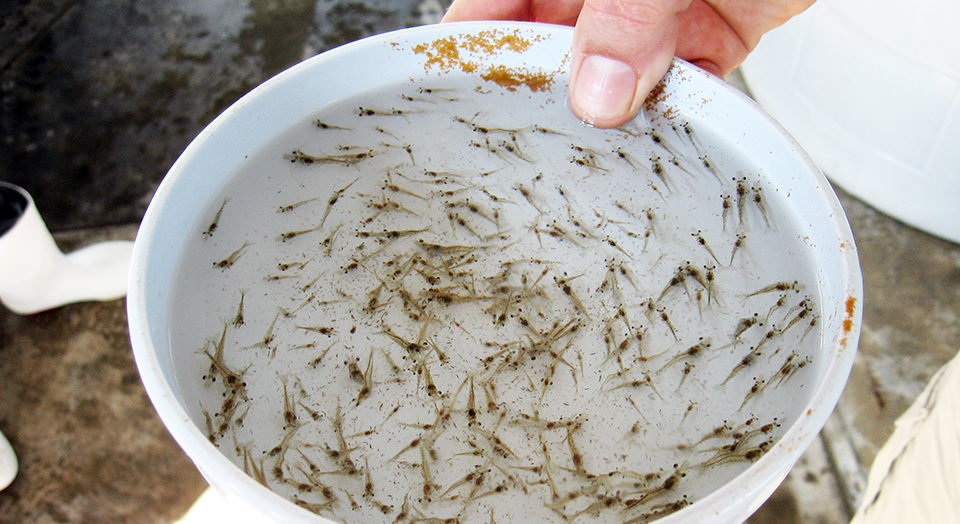
One of the most popular approaches adopted by shrimp farmers to prevent diseases is the use of compounds marketed variously as immunostimulants, immunopotentiators, or health-enhancing dietary supplements. These commercially available products claim to boost the innate defense mechanisms of shrimp by various means and have broad-spectrum effects but no direct effect on pathogens.
The most common products in this category are derived from microorganisms that include algal or yeast-derived glucans, lipopolysaccharides, killed bacterial cells, and peptidoglycans. Their perceived value in aquaculture is based on a number of experiments which purport to demonstrate a “stimulatory” effect on various immune parameters.
Most studies cited in support of immune stimulation by algal, yeast, or bacterial carbohydrates claim beneficial in vivo effects by improving survival to pathogen challenge or growth, and/or in vitro stimulation of immunological reactions such as prophenoloxidase, antibacterial, antioxidant, and agglutinaton activity, and reactive oxygen production. However, these effects are short term, and not enough studies correlate the in vitro and in vivo effects.
Some papers show no effect from the use of immunostimulants, while others show a detrimental effect. Furthermore, rigorous inspection of the literature reveals that in some cases, the presented data do not support the conclusions reached. In several cases, poor experimental design and the absence of statistical analysis limits the validity of the conclusions.
Shrimp immune response
The circulating haemocytes in shrimp play extremely important roles, not only in direct sequestration and killing of infectious agents, but also in the synthesis and secretion of a battery of molecules. Essentially, the haemocytes execute inflammatory- type reactions such as phagocytosis, haemocyte clumping, production of reactive oxygen metabolites, and the release of microbicidal proteins.
Under unchallenging conditions, most immunoreactive factors are stored within the haemocytes, usually in an inactive state. Their release and activation occurs through regulated exocytosis following stimulation by the presence of non-self molecules in the haemolymph.
The “clumping” or encapsulating behavior of the haemocytes is influenced by some of the proteins exocytosed from the cells. This has a dual effect: It serves to contain the spread of any infective particles that may have gained entry to the haemocoel and also localizes the response, so induction of the biochemical pathways that underpin immunity does not result in massive intravascular inflammation.
Immunostimulant effects
Immunostimulants are known to induce in vivo reactions such as changes in haemocyte counts, induction of encapsulation reactions, or prophenoloxidase and melanization. In vitro effects have been associated with the activation of molecules such as phenoloxidase, peroxinectin, and reactive oxygen.
Some advocates of immunostimulants argue that if treatment with these molecules causes the release of defense molecules into the circulation, then these molecules are available immediately to fight any pathogen that might enter into the system. But this is not the way it works. The release of these molecules may actually have a damaging effect for the host. Such is the case with autoimmune diseases in vertebrates that are caused by unregulated immune defense molecules.
In the open circulatory system of crustaceans, immune reactions must be localized to avoid self-damage. They are achieved by sequestration of foreign material into haemocytic nodules and compartmentalization of the immune molecules. In addition, these molecules are often stored as inactive or immature precursors that require “signals” or further processing to become fully functional.
Testing critical
Taking into account the shrimp immune system and its response to immunostimulants, a number of potential risks must be taken into account, such as the degranulation of haemocytes, cell clumping and haemocytopenia, cytotoxicity at higher doses, depletion of immune effectors, immune exhaustion by repeated overstimulation, and a high energetic cost of regenerating immune components.
Considering the potential risks from repeated use of these agents, it is critical to test the products under standardized conditions and parameters at large scale over long periods. Testing should also address the capacity of the products to up regulate the expression of genes encoding the defense molecules. These studies need to be correlated with in vivo studies, as well.
Alternative molecules
Efforts should also be directed toward other compounds that do not induce inflammatory-type immune responses, which have the potential to harm shrimp. One class of compounds that may meet these requirements is the antimicrobial peptides/proteins. These molecules cause an increase in the permeability of prokaryotic pathogens. Any stimulant that causes an increase in their expression will probably not cause damage to the crustacean host while having direct effects on the pathogens.
(Editor’s Note: This article was originally published in the January/February 2008 print edition of the Global Aquaculture Advocate.)
Now that you've reached the end of the article ...
… please consider supporting GSA’s mission to advance responsible seafood practices through education, advocacy and third-party assurances. The Advocate aims to document the evolution of responsible seafood practices and share the expansive knowledge of our vast network of contributors.
By becoming a Global Seafood Alliance member, you’re ensuring that all of the pre-competitive work we do through member benefits, resources and events can continue. Individual membership costs just $50 a year.
Not a GSA member? Join us.
Authors
-
Victoria Alday-Sanz, Ph.D.
Aquatic Animal Health Consultant
Portal del Angel 3-5, 2
Barcelona, Spain 08002 -
Valerie Smith, Ph.D.
Gatty Marine Laboratory
University of St. Andrews
St. Andrews, Fife, Scotland
Tagged With
Related Posts
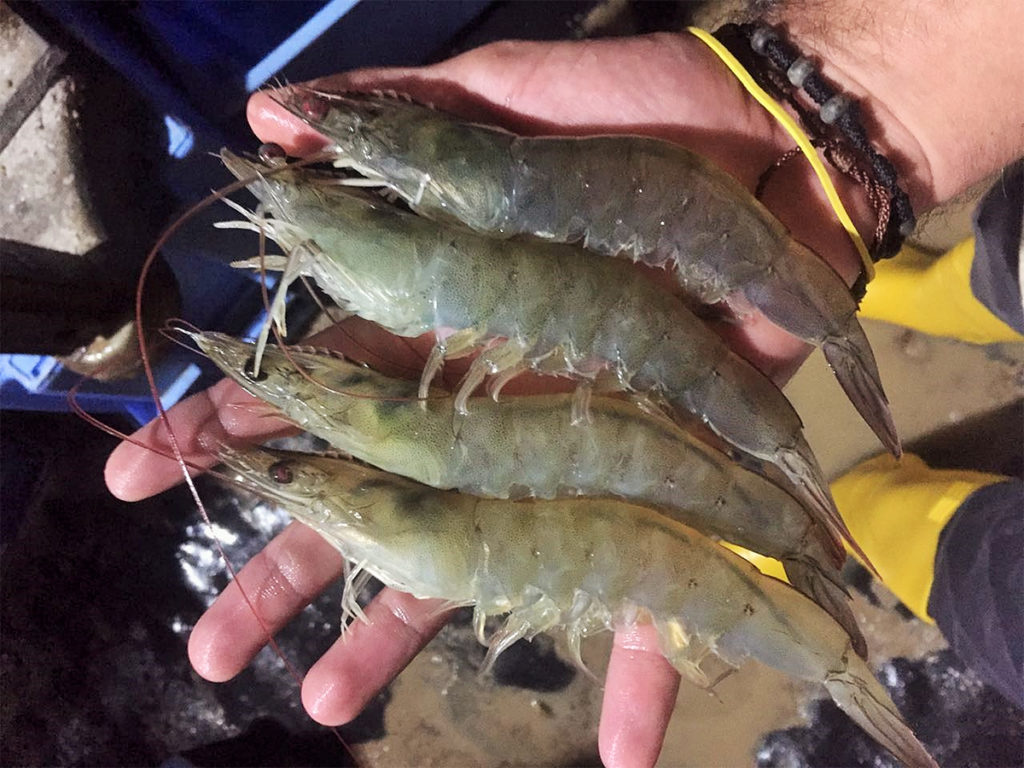
Intelligence
Current production, challenges and the future of shrimp farming
At the Guatemalan Aquaculture Symposium in Antigua, the focus was shrimp farming in the region: production, nutrition, health management and markets.
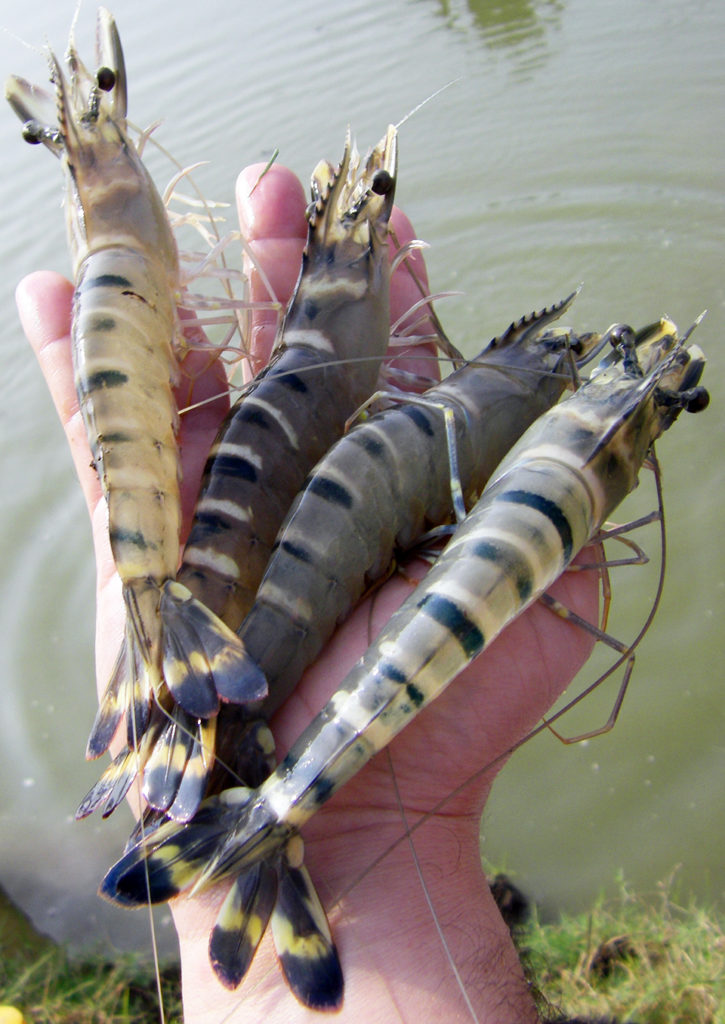
Health & Welfare
Do probiotics work in aquaculture?
Probiotics administered in feeds provide competitive exclusion of pathogenic bacteria, create conditions unfavorable for pathogens and modulate intestinal immune responses.
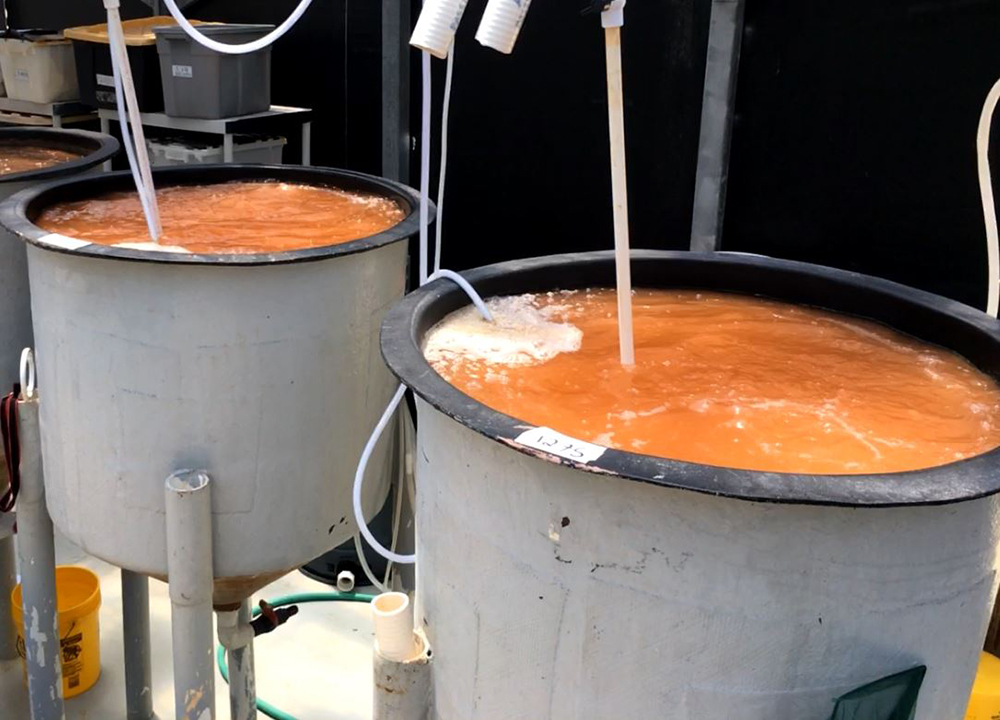
Aquafeeds
Global brine shrimp supply a potential bottleneck to aquaculture expansion, part 1
The brine shrimp artemia is critical for larval fish and shrimp diets. As aquaculture expands, an effective artificial replacement diet for artemia is a major consideration for the industry.
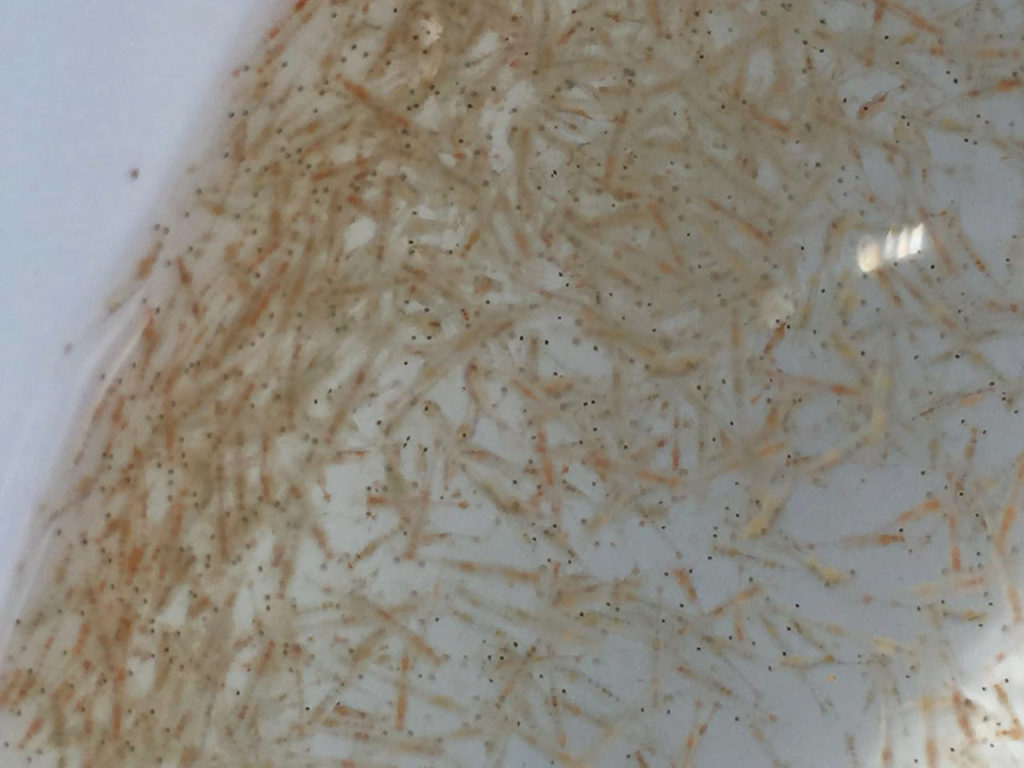
Aquafeeds
Global brine shrimp supply a potential bottleneck to aquaculture expansion, part 2
Shrimp larvae do not need artemia, but they need its nutrients. A synthetic artemia can support aquaculture’s increasing role as a responsible provider of food for the world’s growing human population.


